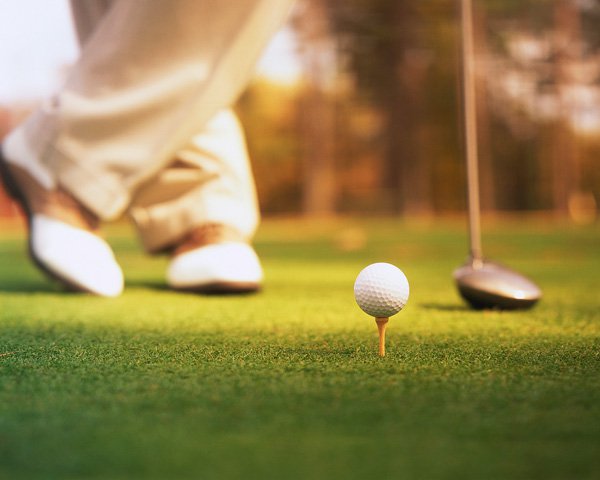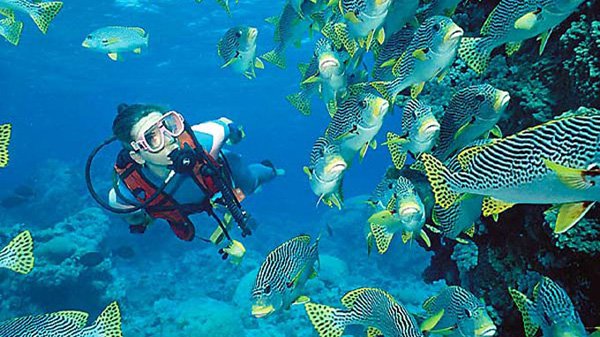Fishing Articles : Where to Catch a Trophy Trout in New Zealand
One of the most common questions I get asked is: where is the best place to catch a trophy trout? That is getting harder to do and so harder to answer. One thinks of rivers in the popular Nelson region such as the Wangapeka; of the mighty Buller and the boisterous browns that it has aplenty; of the regal Grey River and it s horde of big fish tributaries; of the myriad of hardly-fished West Coast waters; rivers like the Ahuriri over the pass in Central Otago; and the many fine rivers in the home of the brown trout Southland. But for me, the best chance of catching a big fish is in that region a couple of hours north of Christchurch where a large number of superb trout rivers originate on both sides of the cleft in the Southern Alps that is the Lewis Pass.
By basing yourself at either Hanmer Springs on the east side of the pass or at Springs Junction on the west, there are several rivers nearby where you have a good chance of picking up your trophy trout. And you won t have a huge number of competing anglers, especially if you avoid the weekends. That is not the case with many other of the recognized big fish waters where a tramping trip is needed to get away from the like-minded hordes. Even then, there is no guarantee that as you reach the targeted stretch of remote river, you see angler and guide alighting from the chopper in front of you. That is becoming a common experience in many of our backcountry rivers. So much so that there are now plans to restrict access to remote Otago rivers because of the pressure coming from visiting anglers. As yet, the Lewis Pass area does not suffer from such problems and most of the best fishing spots do not require an overnight expedition.
The most well known river in this area is probably the Maruia. Fortunately this lovely river has 70 km of fishable water so it can take a lot of angling pressure. The Maruia rises on the west side of Lewis Pass and flows down past Maruia Hot Springs. It is not very stable in this stretch and better fishing is to be found a few km down the road from Springs Junction downstream. Around here the river is swelled by several important tributaries the Rahu, Woolley, Rappahannock and Warwick Streams. These are all serious trout waters in their own right and well-worth fishing, especially early season.
At Ruffe Creek, the river leaves the road and it is a good day s fishing down to the next access point near the Warwick Stream junction. From here, it is possible to fish all the way down to Murchison. Part way down, the Maruia Falls will be seen. These were formed as a result of an earthquake and now divide the river into two distinct waterways, with brown trout only to be found downstream of the falls. The best sections for finding that elusive trophy fish are around Springs Junction and through the Creighton s Station stretches. Good fish will be taken at any time from the plentiful riffles but the wily old big fish will tend to be taken at dusk or dawn.
Not far from the Maruia, the Matakitaki River is worth a look. It is a very flood-prone waterway and not many know that it is more stable in the upper reaches around Matakitaki Station. A lot of walking per fish will be required, as is usually the case with braided waters but the odd good fish will make it worth the effort. Fishing the riffles seems to produce the best results, especially with a prospecting dry fly such as an Irrisistable. The main tributary is the Glenroy River. It does not hold a lot of fish but there are rumours of some big trout being taken in the upper reaches. The lower reaches tend to flood regularly so the more stable upper river is the logical place to try for a trophy size fish.
Going west from Springs Junction brings you to the headwaters of two rivers known for large trout: the Upper Grey and Iangahua Rivers. The mighty Grey River rises in Lake Christabel as the Blue Grey River and is joined by the Brown Grey a few kilometres further down. There is good fishing from the lake all way down to the junction with the Robinson River. The odd trophy trout has been taken not far down from the lake but I find there are a greater number of large fish at the head of the gorge above the Robinson confluence. They lie in the shelter of the beech trees on the far side, usually in a tough spot to cast to. Of course that is why they get so big and why they are such a challenge. Big fish are also to be found well up the Robinson although they are harder to spot in the faster flowing tributary.
The Inangahua is a different beast completely, being the typical brown, peat-stained West Coast river and so not appealing to all anglers. It is a long river, rising on Rahu Saddle above Springs Junction, flowing west through Reefton to join the Buller. The upper section is too rugged and small to be worth fishing. Better fishing is to be had a few kilometres east of Reefton where the locals often pick up a double figure fish, especially in the twilight hours. Some of the tributaries are well known for big fish; the best being Larry s Creek and the Waitahu Stream. Both these fish well near the junction with the main river. The fish can be hard to spot at times in the peaty, brown water and on a dry in the evening is probably the best chance of tempting a big one.
Going east over Lewis Pass there are several rivers that could be fished but the two that yield trophy trout the most often are the Boyle and the Hope Rivers. The Boyle is well known to trampers as it has the St James Walkway following it for most of its length. This most attractive, beech tree-clad stream usually holds a lot of small fish. But in early summer, it has a run of sea run browns with many trout over 4.5 kg being caught. They are usually to be found in the deep pools of the lower gorge with the area just downstream of the swingbridge being most likely to harbour a big, silver-sided brown. But it is also worth trying the deeper riffles and runs further up near the junction of the main tributary, the Steyning Stream. A beadhead Hare n Copper usually proves the most successful big fish fly.
The Hope River is another flood-prone, braided river where a lot of walking is needed to find your fish. However the effort may be worth it as it is a favorite place for the local guide when he has a special client that he wants to keep happy with a 5 kg fish. Again the riffles may prove the best place to try and a prospecting type dry fly the best method.
The last of the big fish rivers in this region is the upper Waiau. Access by vehicle is restricted to the private road through St James Station and it is a long trek in some suitable 4 WD vehicle from Hanmer Springs through the Clarence Valley and across Malings Pass to the upper Waiau. However this is the river that is rumored to have produced five double figure fish in one day for the English client of a local guide so it just might be worth the long drive! You certainly won t see a lot of other anglers as the only other access is a two day tramp in via the St James Walkway.
Spend a week in the Lewis Pass region, early or late in the season, and you will have given yourself perhaps the best chance of picking up a trophy trout without the expense of helicopters or guides. Even if you don t score the big one, you will have seen some beautiful country and caught a lot of very respectable-sized trout. Just remember to respect these wild backcountry rivers and take only a photo of your trophy fish with you.
Ron Giles has a free trout fishing information service
Fishing Articles : The Beginning of My Fishing Adiction, A Mothers Story
Fishing Articles : Chasing That Dream Career


